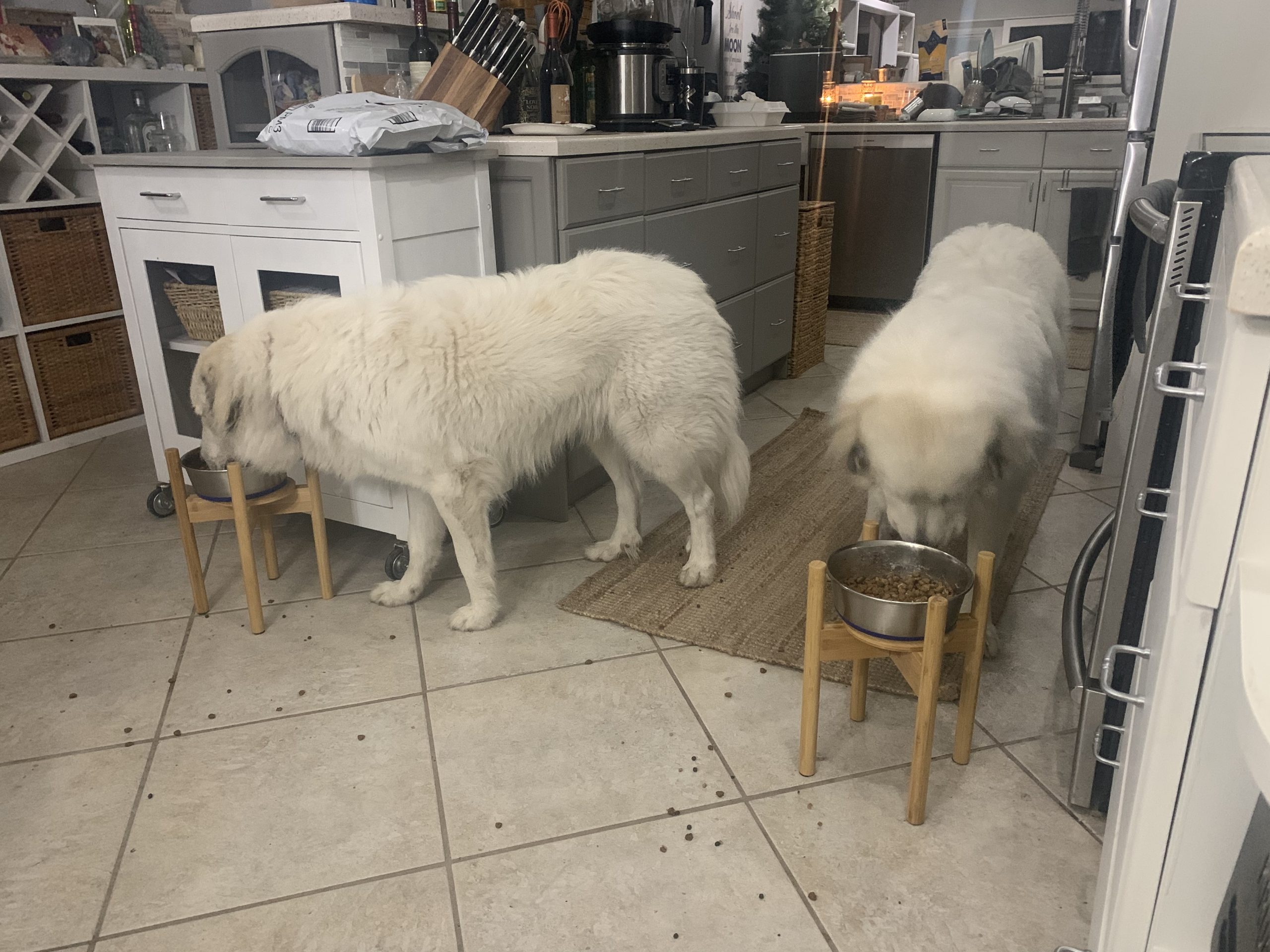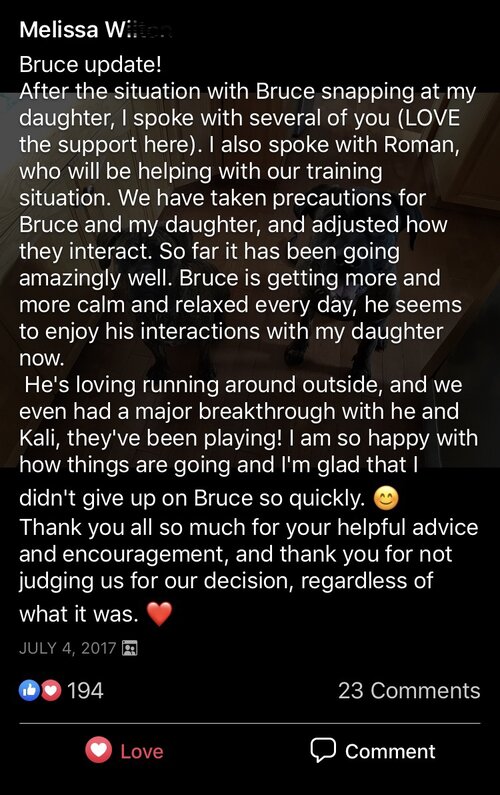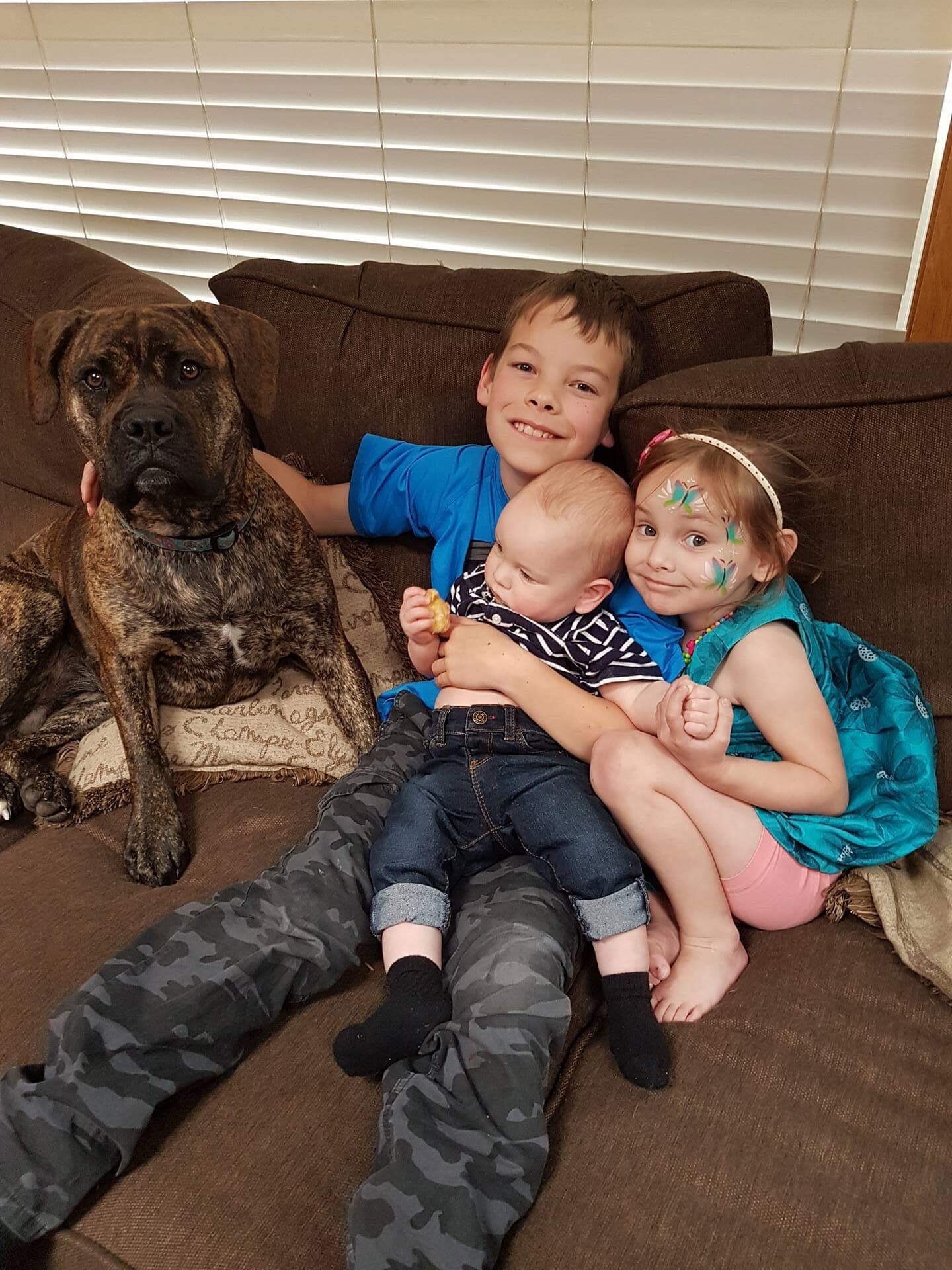How a Great Pyrenees Learned to Live with Each Other and Cats: A Holistic Dog Training Success Story
Introduction
Struggling to introduce your dog to a new cat? You’re not alone. Many pet parents face challenges when integrating dogs and cats into one harmonious household. In this case study, we’ll share how holistic dog training transformed Opal, a Great Pyrenees with cat-chasing tendencies, into a calm and gentle companion. Whether you’re dealing with fixation, chasing, or other issues, this step-by-step guide offers practical tips to help create peace in your multi-pet home.
Client Background: Opal’s Story
Opal, a 3-year-old Great Pyrenees, joined her new family with her sister Nova after being rehomed through a Great Pyrenees rescue group. Known for her calm demeanor and affectionate personality, Opal had one notable challenge: her interactions with the family’s three cats, particularly one named Meda.
The family reported moments of fixation, chasing, and confusing play behaviors, which left them concerned about leaving the pets unsupervised. They reached out for guidance to ensure safety and harmony while helping Opal adjust to her new home.
Key Challenges
- Fixation on Cats:
Opal displayed focused attention and occasional chasing behavior toward Meda.
- Play Concerns:
The family couldn’t determine if Opal’s vocalizations during play were playful or a red flag.
- Toy Fearfulness:
Opal showed little interest in enrichment toys and seemed fearful during attempts at interactive play.
- Multi-Pet Anxiety:
The family felt uneasy leaving the pets alone, fearing unexpected aggression.
Holistic Behavior Intervention Plan
1. Managing the Environment for Safety
- Separate Spaces:
Initially, Opal and the cats were kept apart using baby gates and designated safe zones. This provided the cats with secure retreat spaces and reduced stress during unsupervised times.
- Gradual Introductions:
Controlled interactions were facilitated through scent exchanges (e.g., swapping bedding) and brief visual introductions with a physical barrier.
2. Creating Positive Associations
- Reward Calm Behavior:
Every time Opal displayed calm interest in the cats, she was rewarded with high-value treats, reinforcing desirable behavior.
- Redirecting Fixation:
A finger snap and “look here” cue helped interrupt fixation, redirecting Opal’s attention to her guardians for a reward.
- Short Sessions:
Limited interactions to brief, positive moments, ensuring neither Opal nor the cats felt overwhelmed.
3. Building Confidence Through Enrichment
- Introducing Toys Slowly:
Food-based toys like snuffle mats and Kong puzzles were used to engage Opal in a low-pressure way, helping her associate toys with positive experiences.
- Decompression Walks:
Daily walks in quiet areas allowed Opal to release energy and return to the home environment in a calmer state.
4. Assessing and Adjusting Play Dynamics
- Noise Assessment:
By observing and recording play interactions, we identified that the noise was excitement-based rather than aggression, reassuring the family.
- Structured Playtime:
Playtime with Nova was monitored to model appropriate behaviors and ensure energy levels didn’t escalate.
Results: Transformation in 8 Months
- Improved Interactions with Cats:
Opal now calmly coexists with the cats, including Meda, even during unsupervised times.
- Positive Play Behaviors:
Play vocalizations were confirmed as excitement-based, and Opal learned to engage gently.
- Increased Confidence:
Enrichment activities helped Opal overcome her fear of toys and build trust in her new environment.
- Household Harmony:
The client reported feeling confident in leaving all pets together without supervision.
Client Reflection
“Watching Opal transform has been incredible. She’s now a gentle, loving companion to our cats. The structured approach Roman provided gave us peace of mind and the tools we needed to build trust and harmony in our home.”
Practical Tips for Multi-Pet Integration
- Start with Separation: Use baby gates or closed doors to introduce scents and reduce stress.
- Reward Calmness: Reinforce calm behavior with treats or praise during introductions.
- Provide Escape Routes: Give cats high perches or safe spaces to retreat if needed.
- Use Positive Redirection: Interrupt fixation with cues like “look here” and reward your dog for responding.
- Take It Slow: Introduce interactions gradually to avoid overwhelming either pet.
Ready to Create Harmony in Your Multi-Pet Home?
Holistic training can transform your dog’s behavior and bring peace to your household. 📅 Book a discovery call today: https://holisticdogtraining.as.me/Short-Web






